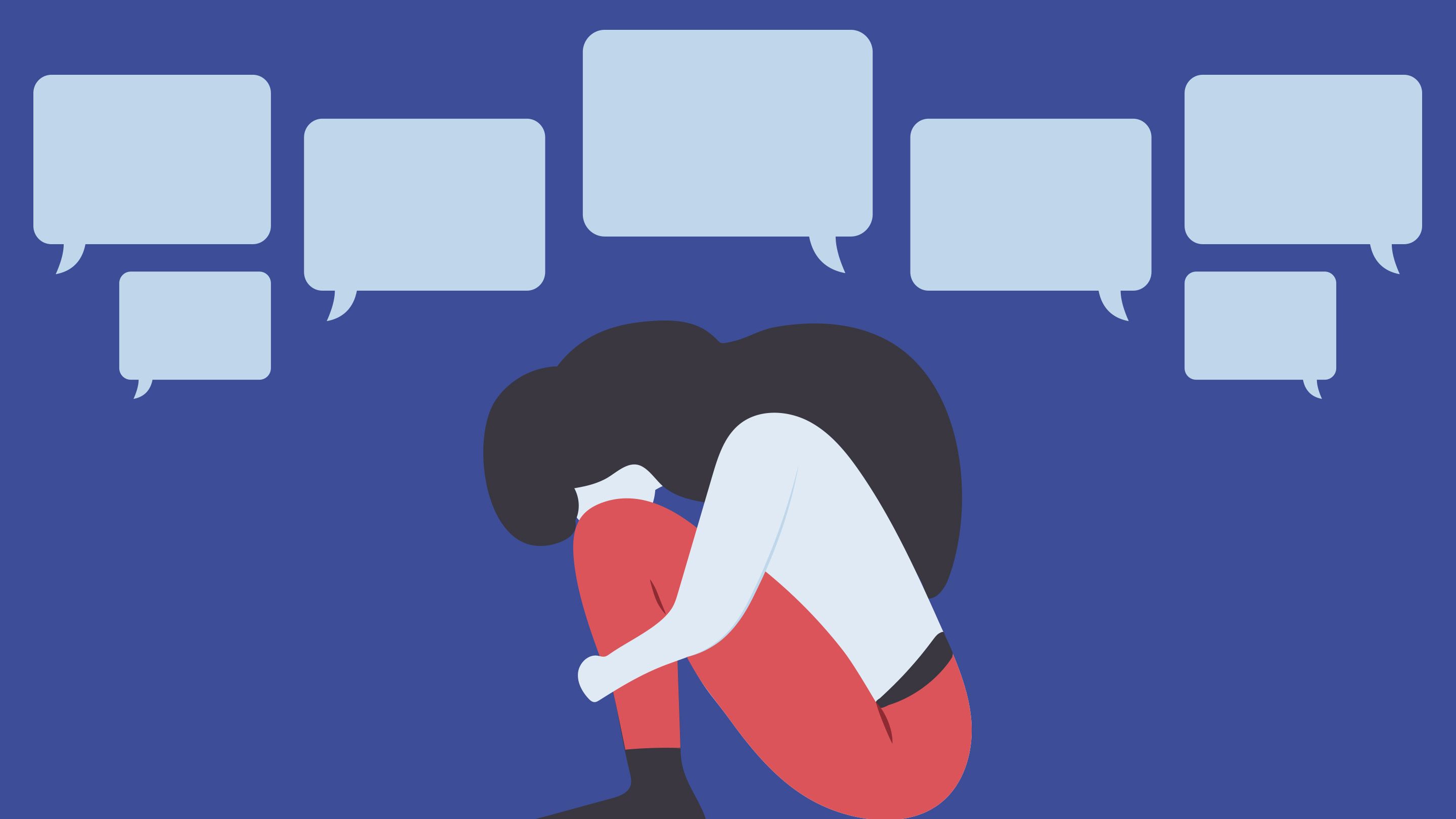There are many tools available for implementing VR into your curriculum. Many options can be expensive. The Oculus Rift, which is produced by Facebook, starts at 199$ for the "Go" stand alone version on up to 399$ for the pc connected version. In addition to the cost of the Oculus it's also owned by Facebook and there no protections in place for student data. This in my opinion is a steep entry price. Google has a different approach to VR. They have a product called cardboard. The cardboard VR unit comes as a sheet of cardboard that students fold in to a headset that attaches to the face using an elastic band. A cell phone slides into the front of the device to provide content. The largest caveat to adoption is that it requires a cell phone. It can integrate into Google apps for education which is a big plus for K-12 schools that are already subscribed to the platform.
Google cardboard can be purchase directly from Google https://store.google.com/us/config/google_cardboard or through many online retailers such as Amazon.com and Newegg.com. The apps for the cardboard can be downloaded from the Google Play Store or the Apple App Store. It is available on both Google Android and Apple iOS handsets. The cost is 35$. Bulk discounts for Edu are procurable as well. Third-party cardboard headsets are available for varying prices.
The landing page for finding out more about cardboard is https://vr.google.com/cardboard/ . If the app store does not have an app suited to your needs there is a developer kit available for building custom apps. With Google cardboard your students can visit museums all over the world. From the Met Museum https://www.metmuseum.org/art/online-features/met-360-project to the Lourve Museum https://www.youvisit.com/louvremuseum they are available to visit using cardboard.
For learning environments using Cardboard, Google has created an application called Expeditions https://edu.google.com/products/vr-ar/expeditions/ . With Expeditions your class can be taken on a curated tour of sites around the world like a virtual field trip. As a side note Expedition does not require the Cardboard device for use. In addition to Cardboard it can be setup on tablets and Chromebooks.
Google provides a robust set of VR tools with the Cardboard platform that can be customized for any classroom at a low entry price point. The largest draw back is that it requires a cell phone to work.
 |
| Images from vr.google.com/cardboard |



